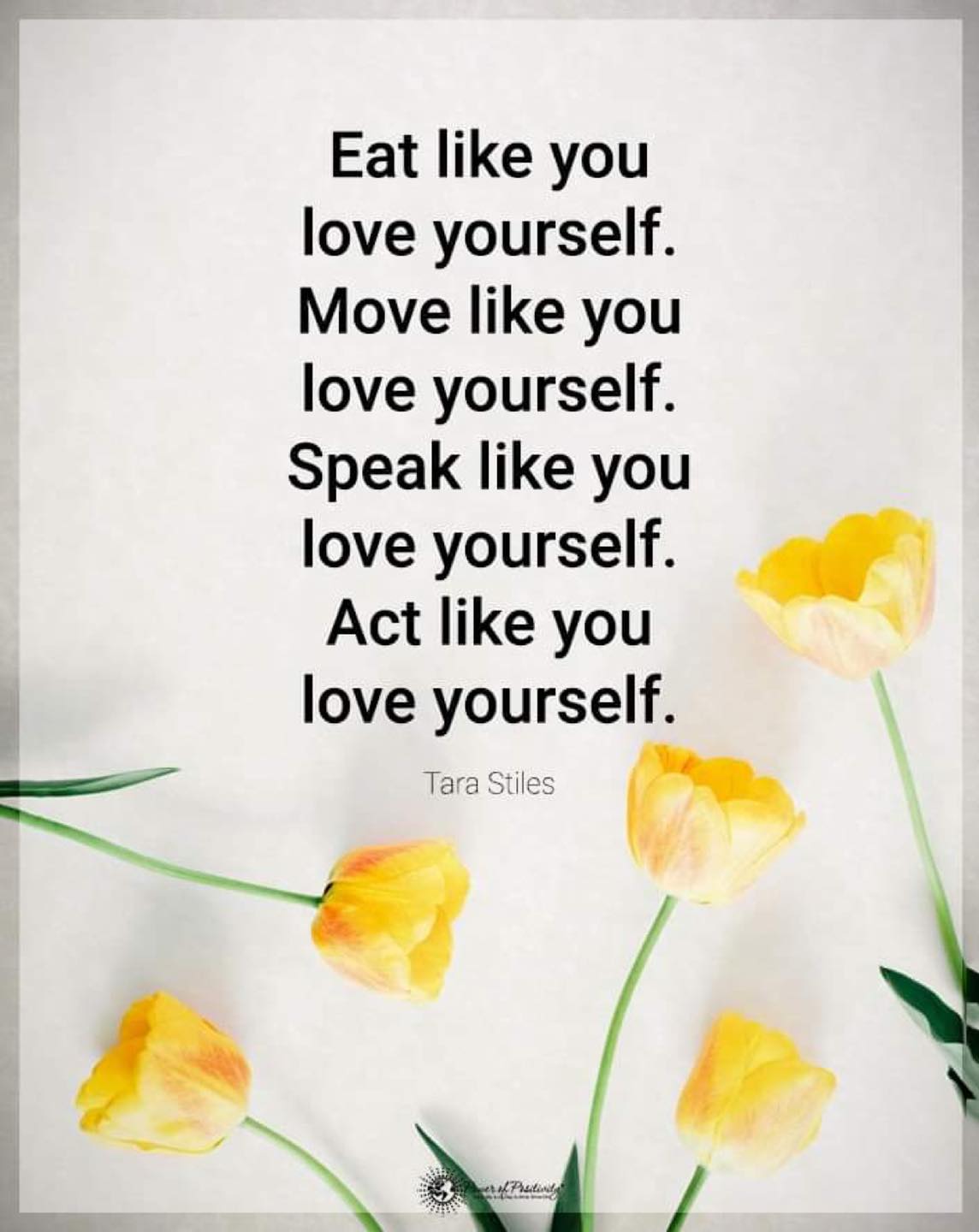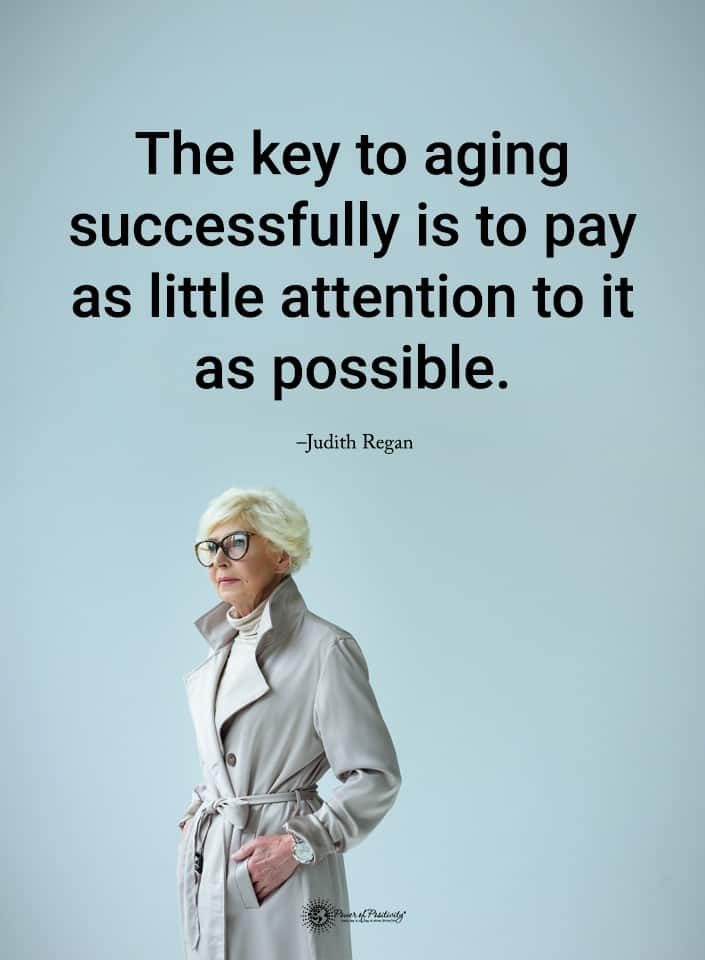With a negative self-perception, you’ll struggle to see the good around you. You’ll also have a hard time handling unavoidable challenges that come in life. Plus, you’ll likely suffer from low self-esteem and confidence. How do you fix it? Try these daily affirmations–here’s why it’s essential.
Your self-perception at work is just as important as how you view yourself in your personal life. Improving how you see yourself can help you improve your performance and accept new opportunities. Additionally, your perception of yourself can affect how well you do in life.
These affirmations help improve your self-perception. These phrases can change your life if you struggle with thinking positively about yourself. However, if you typically have a positive mindset but have had a rough time lately, these daily affirmations will help you, too.
Positive phrases can help improve your self-esteem and allow you to see the great things about who you are. After using them, you’ll notice a calmer mind and healthier thoughts of yourself. They’ll also help you identify negative self-talk and replace it with positivity.
Fifteen Daily Affirmations That Can Improve Your Self-Perception
- I am confident in my abilities and open to new opportunities.
New opportunities give you the chance to grow and develop your strengths. They also allow you to showcase your strengths for yourself and others.
When you know what you can accomplish, your self-perception will increase dramatically. Plus, allowing others to see your strengths will make you feel more confident. You’ll begin seeing yourself in a new light as your talents come to light.
- I have everything it takes to lead a successful life.
This positive phrase can help you look within and see what you can accomplish. You have what it takes to do anything, so don’t let your negative thoughts convince you otherwise.
When you remember that you can become successful, you’ll start seeing all the opportunities around you. Plus, you’ll be more driven to push through obstacles because you know that you can do anything.
- I can achieve anything I set my mind on.
When you use this phrase, it helps you persevere until you reach your goals. If your goals seem overwhelming, consider setting small instead of large ones. Then, implement this daily affirmation to help you focus on each small step.
Without a positive self-perception, it will be harder to reach your goals. Pushing through obstacles and taking the next step requires stepping out of your comfort zone. You must be comfortable with who you are to take the chances, but you can achieve anything.
- I deserve kindness and respect from myself and others.
Acknowledging that you deserve respect can make all the difference in improving how you view yourself. Set boundaries in your life and demand respect from the people in your life. Demand respect from yourself, too, because it’s essential for building self-esteem.
If you aren’t sure how to respect yourself, think about how you treat a friend. Treat yourself with the same level of kindness you would treat your friends. Come back to this positive phrase if you find yourself saying negative things.
- I am becoming a better version of myself each day.
You’re becoming a better person each day, even if you don’t see the small changes along the way. When you remember that you get better all the time, you’ll have more confidence in yourself.
You’ll improve in all areas of your life as you learn and develop. You’ll become a better friend, family member, employee, leader, and so much more. Don’t downplay your daily tasks because they are helping you grow into the person you’re supposed to be.
- I have so much to offer the world.
Everyone is different offers various things to the world. Don’t beat yourself up because you don’t have the same strengths as those around you. Instead, embrace your strengths and positive characteristics.
When you embrace who you are, you’ll see how much you have to offer the world. Repeat this positive phrase each morning to remember how great you are.
- I am assertive and feel comfortable standing up for myself.
If you don’t have good self-perception, you’ll struggle to be assertive and stand up for yourself. However, doing these things is essential to building your self-esteem and achieving your full potential. If you struggle with being assertive, this affirmation can change your life.
While it takes time and practice to become assertive and stand up for yourself, you can make it a positive habit. The more often you repeat this positive phrase, the quicker it’ll help you.

- I know that I am a good person.
Criticizing yourself can cause you to feel like you aren’t a good person. It happens to everyone, but you must address your negative thought process. Use this positive phrase each morning to remember how great you are.
This phrase will also help you see what you can offer to those around you. Plus, it encourages you to eliminate negative thinking and have positive thoughts instead.
- I surround myself with successful and happy people because they inspire me.
The people you spend your time around play a role in how you view yourself. If you spend most of your time with unsuccessful and negative people, it’ll start to affect your life.
Choose people who work hard to reach their goals and focus on the good in their life. They’ll inspire you to be a better person, helping to improve your self-perception.
- I acknowledge what I am capable of in life.
The first step in improving how you view yourself is acknowledging that you are capable of great things. This reminder can help you look within to find the tools it’ll take to reach your goals. You’ll want to implement this positive phrase if you ever experience negative thoughts about not accomplishing something.
- I am exactly who I am supposed to be.
If you ever compare yourself to other people, you will likely suffer from a lack of self-esteem. Your self-perception might be negative because you aren’t living the same way as someone else. When this is a problem for you, this is an affirmation that can help.
You aren’t supposed to be like anyone else. Embrace the things that make you different because they are the qualities that make you who you are. Using this positive phrase can help you remember that you are exactly who you are supposed to be.
- I am happy with the person I am and content with my life.
When you’re happy with who you are and how your life is going, you’ll experience positive self-perception. Repeat this affirmation until you begin to see how good you have it. While no one’s life is perfect, you can experience happiness and contentment if you refocus your thoughts.
- I deserve kind and supportive people in my life.
This affirmation will help you eliminate toxic people from your life. If you have anyone who doesn’t treat or support you kindly, it’s time to let them go. As the positive phrase says, you deserve kindness and support from everyone around you.
Surround yourself with positive people who will be there for you. As you focus on developing a strong support system, continue using this phrase.
- I have many strengths and use them to my advantage.
You won’t have the same talents as other people in your life, but you still have plenty of strengths. When you acknowledge these strengths, you can use them to your advantage and feel better about yourself. Putting your talents to work and improving your life will quickly improve how you view yourself.
- I am open to healthy and positive relationships.
The people you spend your time with play a role in how you view yourself. To have a positive self-perception, you must have meaningful and fulfilling relationships.
This affirmation will help you attract the type of people who inspire you. As you embrace these new relationships, you’ll start limiting your time with negative people. Then, you can view yourself as the great person you are and improve your self-esteem.
Final Thoughts on These Daily Affirmations Can Improve Your Self-Perception
These daily affirmations can quickly improve your self-perception. The more often you say the positive phrases, the better their effect is on your life. Don’t take a day for granted when it comes to improving your self-esteem because opportunities can come anytime.
Implement these positive phrases into your morning routine. You don’t have to use them all at once, but choose a few to help you shift your mindset. It’s best to say them out loud, but you can repeat them in your mind if necessary.
Before you know it, you’ll think of these phrases randomly throughout the day. They’ll help you stay on track and maintain a positive self-perception no matter what happens. Don’t waste any time implementing these phrases into your daily routine.



















